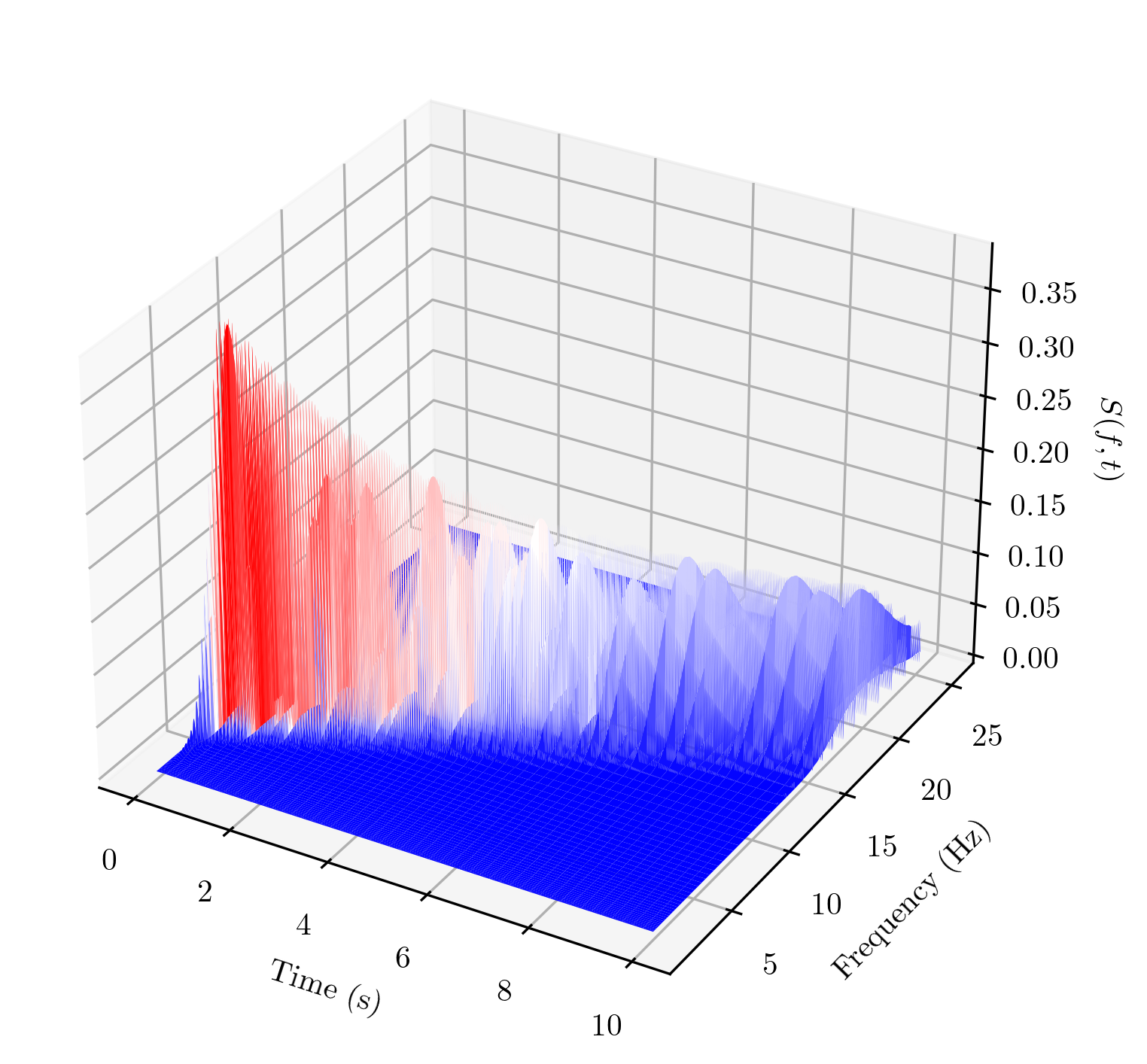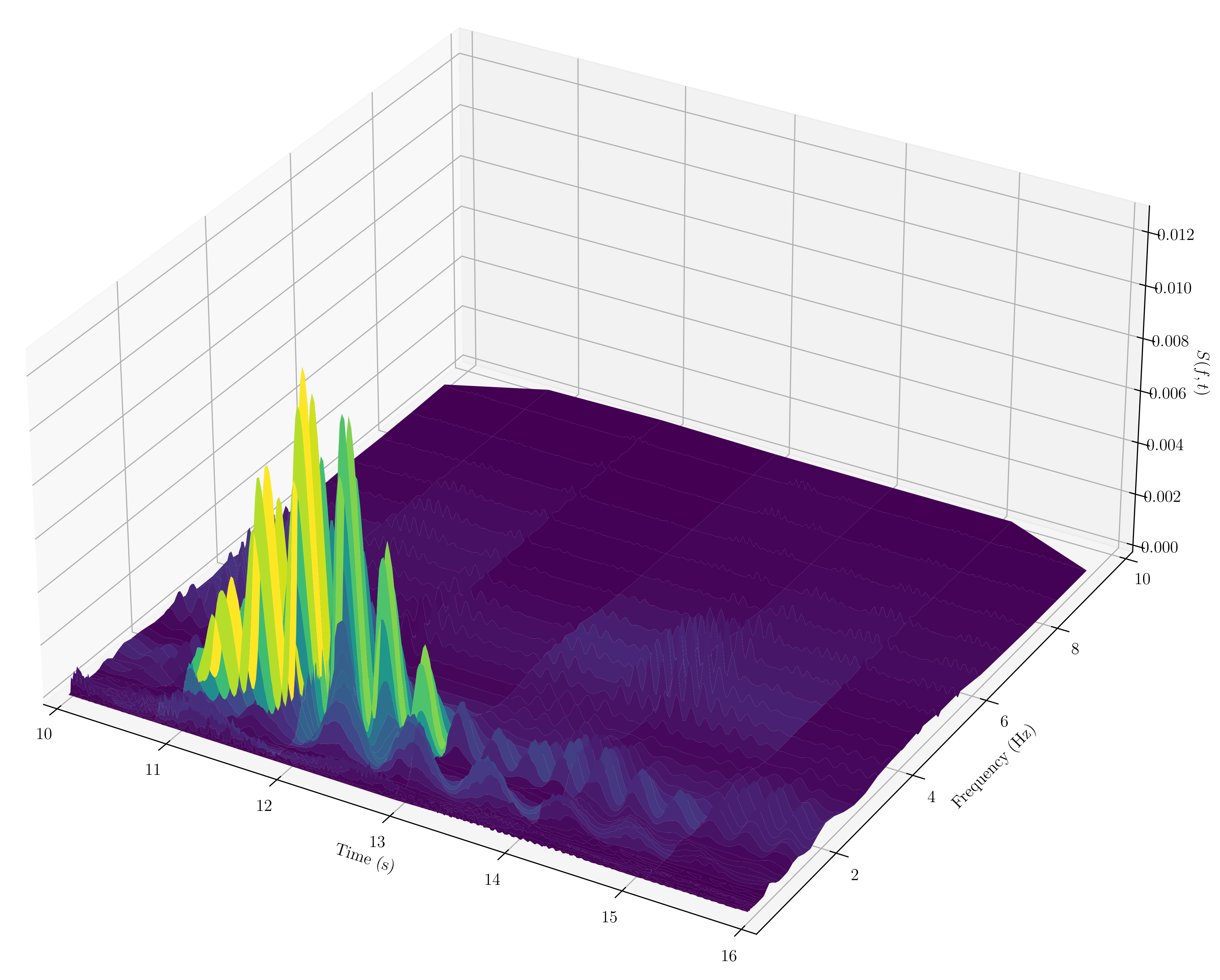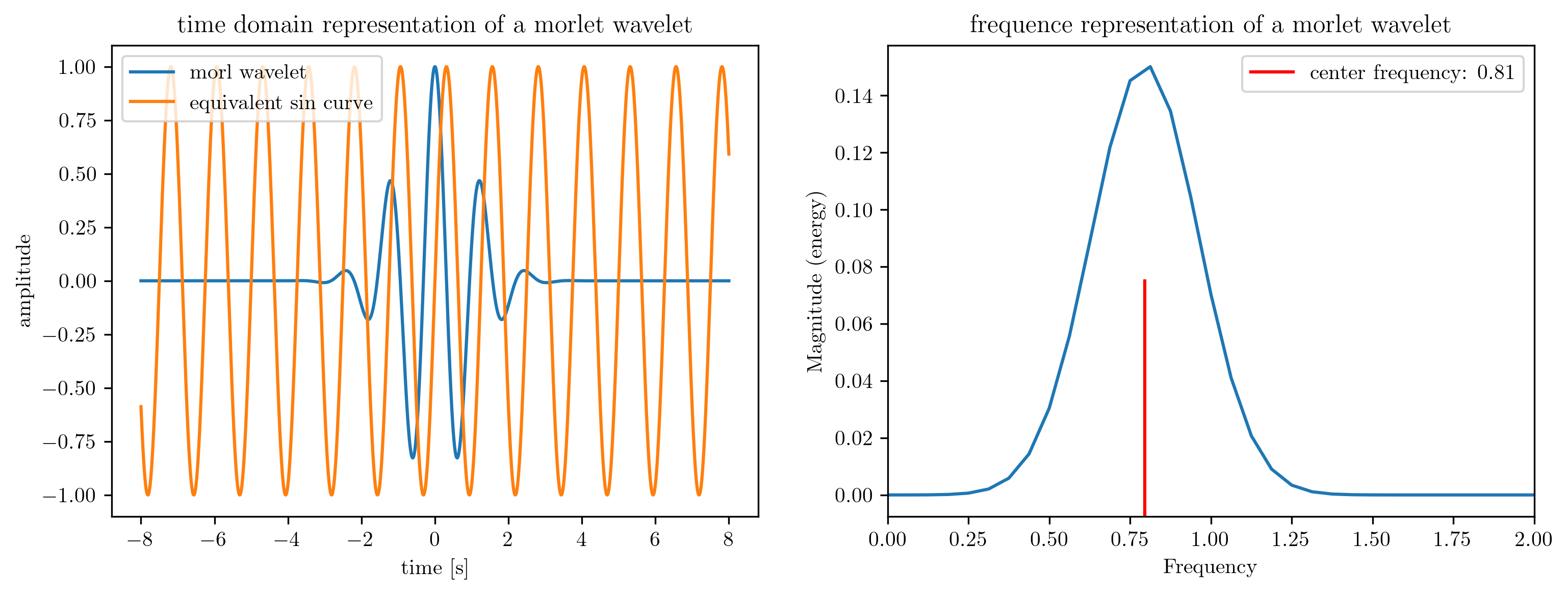Spectral representation for stochastic processes
Stochastic processes are widely adopted in many domains to deal with problems which are stochastic in nature and involve strong nonlinearity, nonstationarity, and uncertain system problems1. Capturing the nonstationarity plays a central role in characterising many environmental processes (e.g. earthquake ground motion or wind) and realistically reflect the response process of engineering structures under stochastic excitations2.
In this section, a brief review of the theory of the spectral representation of stochastic processes (stationary and non-stationary) is outlined. In particular, focus is on power spectral estimation and simulation of the corresponding processes. A general non-stationary random process, with respect to a family of oscillatory functions, can be represented in the form:
where
where
where
pip install stospecrep- Estimating EPSD or PSD from realizations via wavelet transform;
- Implementing Spetral Representation Method given EPSD;
- chirp signal
An illustrating example of a linear chirp signal whose frequency spectrum is changing with time.

- El centro earthquake
The 'hello world' example of an earthquake recording, showing its estimated evolutionary power spectrum. Many spectral results based on this example can be found in the literature.

A practical introduction to Wavelet transform (morlet) can be found in Morlet wavelet basics

@article{chen2023physics,
title={A physics-informed Bayesian framework for characterizing ground motion process in the presence of missing data},
author={Chen, Yu and Patelli, Edoardo and Edwards, Benjamin and Beer, Michael},
journal={Earthquake Engineering \& Structural Dynamics},
publisher={Wiley Online Library}
}